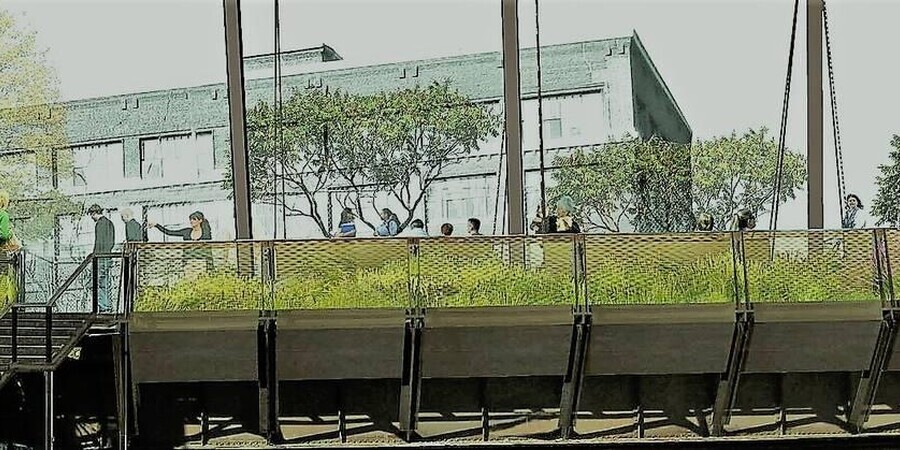Philadelphia’s Rail Park, inspired by New York City’s High Line, is one of 19 projects included in the High Line Network – a group of infrastructure reuse projects across North America. And today, Friends of the High Line – the nonprofit organization that founded, funds, and maintains the High Line in New York City – is launching a new website that will showcase those projects and serve as an important resource for anyone interested in learning more about how they are created and sustained.
Additionally, the website is the first of its kind to collect news from across the country and across the web on the growing field of infrastructure reuse and feature it in one place.
The network, overseen by Friends of the High Line, encourages members to share information and best practices, from building and maintaining projects to strategies for ongoing community engagement. The Rail Park has been contributing to these discussions with the network for more than a year.
The $10.3 million Rail Park project will turn a dilapidated quarter-mile portion of the former Reading Viaduct into a vibrant green park with walking paths, landscaping, lighting, seating and swinging benches. Phase 1 of the Rail Park runs from Broad Street southeast across 13th and 12th Streets to Callowhill Street. SEPTA has leased the viaduct to CCD for renovation purposes. Upon completion of the improvements in early 2018, the CCD will turn the completed project over to the City of Philadelphia, which will own the park and maintain it in a partnership between the City’s Department of Parks & Recreation, the CCD, and the Friends of the Rail Park.
“The Center City District (CCD) is proud to be a part of the High Line Network, as we have benefitted from lessons learned from the High Line in New York City; The 606 in Chicago and Atlanta’s BeltLine, among others,” said Paul R. Levy, President and CEO of the CCD. “The High Line showed that these types of projects can generate millions of dollars in tax revenue for their cities, as well as a host of other benefits. As similar initiatives proceed across the U.S. and Canada, having a website as the go-to resource for them will enrich the conversation about creative place-making.”


